Humanism (Humanist Photography)
What is humanism?
Humanism is a philosophical and ethical stance which emphasizes the value, dignity and agency of human beings. It is based around connectivity. It prioritizes reason, critical thinking and overall evidence over simple superstition which overall promotes the idea that humans can solve problems and improve the world through rational thought and cooperation.

What are the different types of humanism?
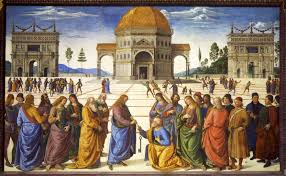
Renaissance humanism is a movement from the 14th-17th centuries that focused on reviving classical learning and literature.
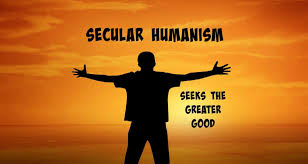
Secular humanism is a modern perspective that rejects religious beliefs and emphasizes science, ethics and human rights.
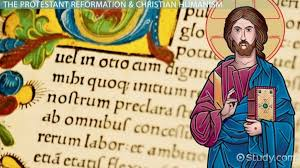
Religious humanism is a worldview that intergrades humanist principles with religious traditions, such as unitarian universalism, which is a liberal religious movement characterized by a “free and responsible search for truth and meaning”.
Union Link

Humanism in photography is about focusing on human connection,empathy and shared human experience. My project will explore emotional bonds through union. For example the unity of people through family,work or community.
Conclusion of humanism

At its core, humanism seeks to promote human welfare, progress, and fulfillment without relying on supernatural beliefs.
Artists to reference
Henri Cartier- Bresson
Who was he?
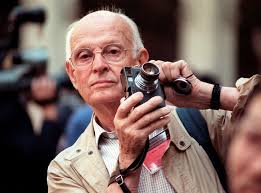
Henri Cartier-Bresson was a French artist and humanist photographer considered a master of candid photography, and an early user of 35mm film. He pioneered the genre of street photography, and viewed photography as capturing a decisive moment. Cartier-Bresson was one of the founding members of Magnum Photos in 1947.
The decisive moment
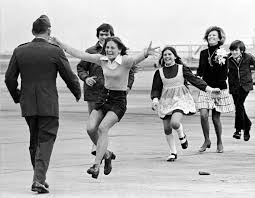
It refers to the precise instant when all the visual and emotional elements in a scene come together perfectly, creating a powerful and meaningful image. Cartier-Bresson described it as “the simultaneous recognition, in a fraction of a second, of the significance of an event as well as of a precise organization of forms.” This means that a photographer must anticipate action, composition, and emotion to capture a fleeting, yet impactful, moment.
How does he refer to Humanism?

Henri Cartier-Bresson’s imagery is deeply connected to humanism, particularly humanist photography, which focuses on capturing the dignity, emotions, and everyday lives of people. His emphasis on the human condition, his photography often depicts ordinary people in moments of joy, struggle, contemplation or connection. His work highlights the universal aspects of human life, emphasizing these shared experiences of emotions throughout different cultures and societies.
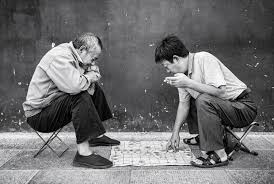
His uses spontaneity and authenticity to reflect the humanist approach. The ideas of the decisive movement reflects his aim to capture life as it unfolds naturally, rather than staging or manipulating a scene, he tends to be very candid. This respects truth and individuality.
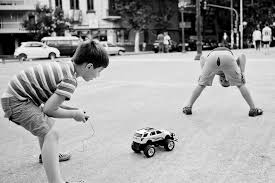
He shows a clear understanding of social awareness through his documentary work. Many of his images document history events and cultural movement, which offers insight into human struggles and triumphs. His work in war zones for example and daily life which reflects his humanist concern for social justice and awareness.
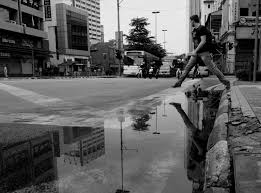
He proves to be non intrusive within his respectful approach. Unlike some photographers who might exploit their subjects his work shows a deep respect for human dignity. He personally believed in being an observer rather than an intruder, belding into the environment around him which enabled him to capture these authentic moments.
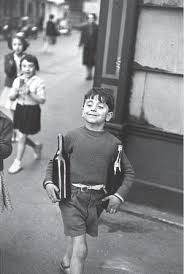
Henri travelled extensively whether it be across India and China or even the U.S, Europe and beyond, he managed to capture many diverse human experiences. His global outlook aligns with secular humanist ideals, which value cultural exchange, empathy and mainly a clear understanding across borders rather than post colonialism.
In conclusion his work is clearly a visual form of humans, it celebrated life, respects human dignity and captures the many universal emotions that connect people across cultures. His images can help remind us of the beauty,complexity and resilience of humanity.
Image analysis/focus

This is up there with some of his most famous decisive moments shots. This image capturers a an mid-air as he leaps over a puddle, being perfectly suspended in time. The photograph follows the rule of thirds, with the leaping man positioned slightly off-center, creating a clear dynamic tensions. This use of framing is subtle yet effective. The eye is naturally drawn to the man’s silhouette and the reflection in the water which mirrors his movement. The frozen movement allows for a sense of suspension and grace, showing beauty in what would normally be seen as an ordinary action. His reflection in the puddle adds symmetry and balance, which gives emphasis on the fleeting nature of the moment. This image is in black and white which enhanced the contrast between light and dark, the use of soft lighting and diffused shadows creates a surrealist atmosphere, feeling almost dreamlike. The fence and the urban elements in the background establish context and environment, creating a clear setting through the scene. With the use of the blurry industrial backdrop contrasting with the sharp silhouette it creates a very clear subject. The man’s leap may symbolize change, transition or even uncertainty as he is frozen in air before meeting the solid ground, Reality vs illusion, movement vs stillness.
How does this connect to humanism?
It represents the spontaneity and rhythm of life, showing an everyday person in an ordinary moment that becomes extraordinary through Cartier-Bresson’s lens. The wooden ladder in the water has been likely placed as a sort of makeshift bridge, which suggest improvisation and resilience, which are key themes central to humanism.
How does this connect to union?
It connects in many ways both visually and metaphorically. The image captures a perfect harmony between movement and stillness, therefore uniting the two realities into one frame. It can also be seen as a union of man and environment, where the man appears to be a part of the urban landscape blending in seamlessly reinforcing a humanistic connection to surroundings’. The action of leaping over water is universally relatable, creating an emotional connection with the viewer, speaking to shared human challenges. The elements of the image are arranged in a way that feels harmonious and interconnected, this acts as a visual bridge unitin
